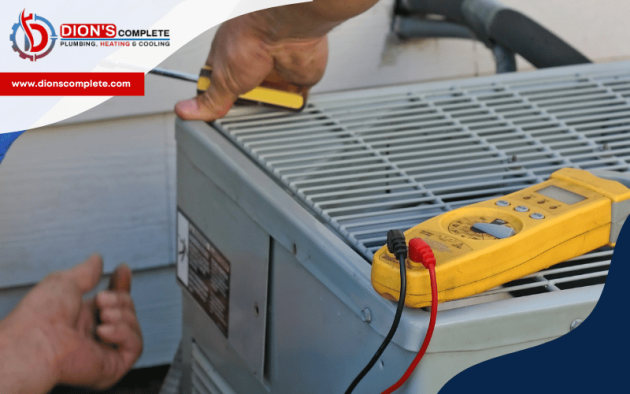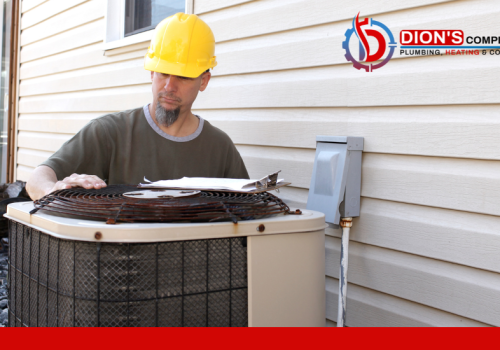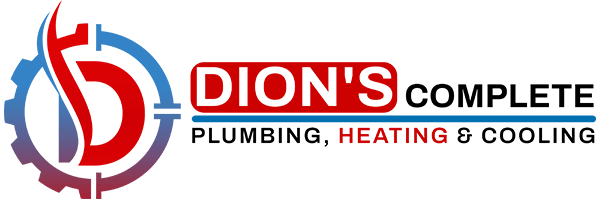As the temperatures rise, having a functioning air conditioning unit is crucial for a comfortable living space. However, sometimes your AC may stop working, leaving you in a hot and uncomfortable situation. Before calling in a professional, there are some AC troubleshooting tips you can try at home to fix the problem.
Not only can this save you time and money, but it can also help you understand your AC unit better. In this blog, we will discuss some common AC problems and provide some tips on how to troubleshoot them at home. From checking the thermostat to inspecting the refrigerant levels, these tips can help you get your AC up and running again in no time.
Check the Thermostat
The thermostat is the control center of your air conditioning system, and setting it correctly is crucial for optimal performance. If your AC is not functioning properly, the first step in troubleshooting is to check the thermostat.
Importance of setting the thermostat correctly:
Setting the thermostat too high or too low can result in your AC not functioning properly, leading to discomfort or high energy bills. Therefore, it is important to set the thermostat correctly.
Checking the batteries and the wiring:
If your thermostat is not functioning at all, it may be due to dead batteries or faulty wiring. Check the batteries and wiring to ensure that the thermostat is receiving power and sending signals to the AC unit.
Resetting the thermostat if necessary:
If the thermostat is not functioning correctly, resetting it may help. Try turning the thermostat off and back on again, or resetting it to its factory settings.
Check the Air Filter
The air filter in your AC system is responsible for trapping dust, dirt, and other particles from the air. A dirty air filter can cause several problems with your AC system, and checking and replacing it regularly is essential.
Importance of clean air filters:
A clean air filter ensures that the air circulating in your home is free from contaminants, while a dirty filter can cause your AC to work harder than necessary, leading to increased energy bills and reduced efficiency.
Signs of a dirty air filter:
Some signs of a dirty air filter include reduced airflow, strange noises from the AC unit, and visible dust or debris on the filter.
How to clean or replace the air filter:
Cleaning or replacing the air filter is a simple process. If the filter is washable, remove it from the unit and wash it with water. If it is not washable, replace it with a new one.
Check the Circuit Breaker
The circuit breaker is an essential component of your AC system, and a tripped breaker can cause your AC to stop working altogether.
Importance of the circuit breaker:
The circuit breaker protects your AC system from electrical surges and prevents damage to the unit.
How to check for a tripped breaker:
Check the breaker box to see if the breaker has tripped. Look for a switch that is in the "off" position or a position that is not fully "on."
How to reset the breaker if necessary:
If the breaker has tripped, resetting it is easy. Simply flip the switch all the way to the "off" position, then back to the "on" position. If the breaker trips repeatedly, there may be a more serious issue with your AC system that requires professional attention.
Check the Condenser Unit
The condenser unit is located outside your home and is responsible for releasing heat from the air conditioning system. A properly functioning condenser unit is essential for optimal performance and efficiency.
Importance of a functioning condenser unit:
The condenser unit plays a crucial role in the cooling process, and a malfunctioning unit can result in reduced cooling capacity, increased energy bills, and potential damage to the system.
Signs of a problem with the condenser unit:
Signs of a problem with the condenser unit include strange noises, reduced airflow, and visible damage or debris on the unit.
How to clean the condenser unit:
Cleaning the condenser unit is essential for proper function. Turn off power to the unit, remove any debris, and gently wash the unit with a garden hose or specialized cleaner.
Check the Refrigerant Levels
Refrigerant is the substance that circulates through your air conditioning system, absorbing heat and cooling the air. Low refrigerant levels can result in reduced cooling capacity and potential damage to the system.
Importance of the refrigerant:
Refrigerant is an essential component of the cooling process, and low levels can result in increased energy bills and potential damage to the system.
Signs of low refrigerant levels:
Signs of low refrigerant levels include reduced cooling capacity, hissing or bubbling noises from the unit, and ice on the evaporator coils.
How to add refrigerant if necessary:
Adding refrigerant to your AC system should only be done by a professional. If you suspect low refrigerant levels, contact a licensed HVAC technician to diagnose and repair the issue.
Conclusion:
In conclusion, troubleshooting your air conditioning unit at home can save you time and money while also helping you gain a better understanding of how your AC system works. By following these tips, you can identify and fix common AC problems such as thermostat issues, dirty air filters, tripped circuit breakers, faulty condenser units, and low refrigerant levels. However, it is important to know when to call a professional if the issue is more complex or if you are not comfortable performing the troubleshooting steps yourself.
By keeping your AC unit in good condition, you can ensure a comfortable living space all summer long. Remember to perform regular maintenance on your AC system to avoid future problems and keep your unit running smoothly.





